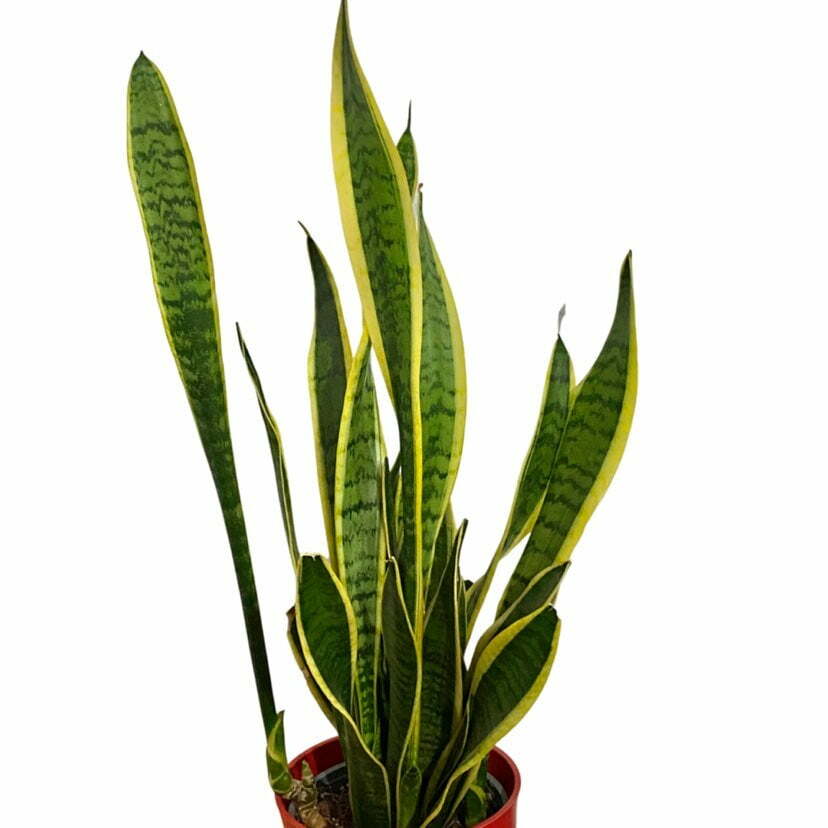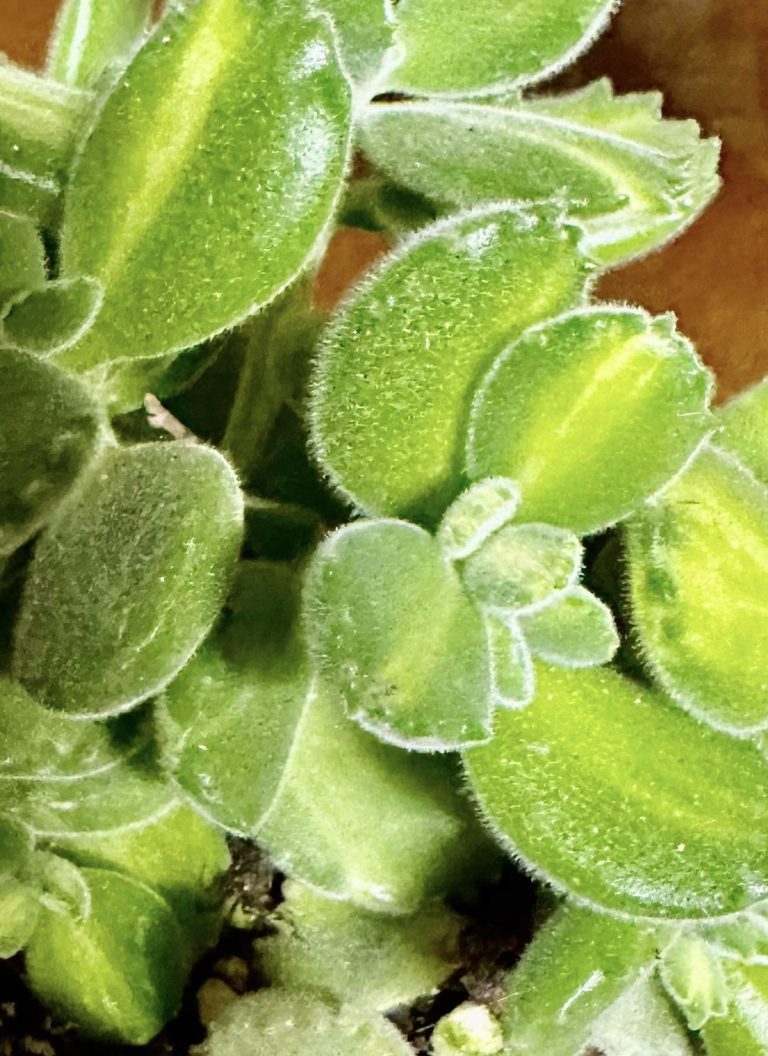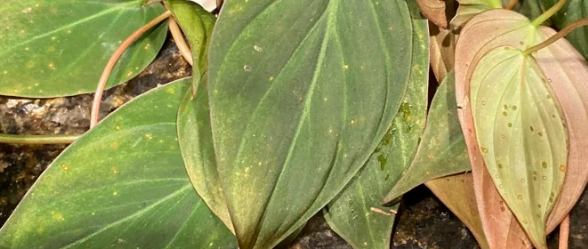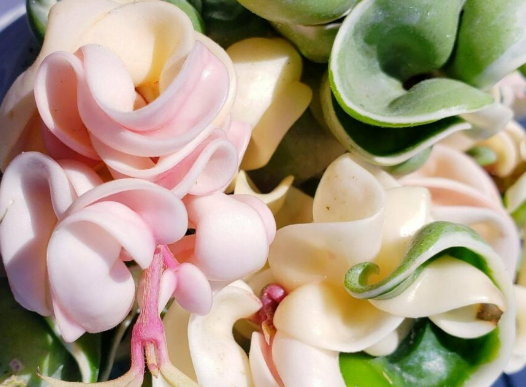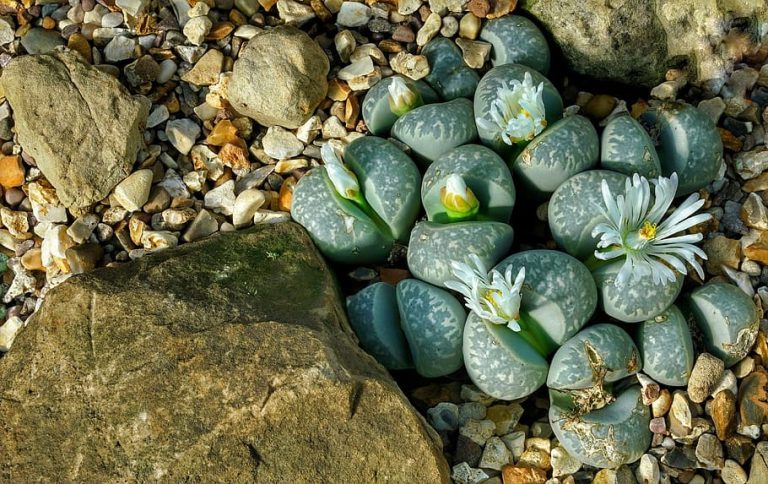Benefits of Snake Plants in Your Home
Snake Plants, also known as mother-in-law’s tongue or Sansevieria, are a species of perennial plants native to West Africa. They are popular houseplants due to their ability to tolerate a wide range of growing conditions and their ability to purify the air by removing toxins. It has long, stiff, upright leaves that are typically green with distinctive yellow or white stripes or edges. They can grow to be quite tall, reaching up to 4 feet in height, and have a slow growth rate.
There are several benefits to having a snake plant in your home or garden:
Known for their ability to purify the air by removing toxins such as formaldehyde, benzene, and trichloroethylene from the environment. A great bedroom plant as it stores up oxygen throughout the day and releases it all at night.
Relatively low maintenance and can thrive in a variety of lighting conditions and soil types. They are also drought-tolerant and do not require frequent watering.
Have a striking appearance with long, upright leaves that are typically green with distinctive yellow or white stripes or edges. They can be used as a standalone plant or paired with other plants to create a decorative display.
A popular choice for both indoor and outdoor gardens and can be grown in containers or pots. They are also a popular choice for vertical gardens and can be used to create a living wall.
Are generally resistant to pests and diseases and can tolerate a wide range of growing conditions. They are also long-lived and can thrive for many years with proper care.
Some common types of snake plants include:
Sansevieria trifasciata: This is the most common type and is characterized by long, upright leaves that are green with distinctive yellow band on the edge with green stripe leaves. It is a slow-growing plant that can reach up to 4 feet in height.


Sansevieria zeylanica: This has long, slender leaves that are typically green and white stripes. It is a slower-growing plant than Sansevieria trifasciata and typically reaches a height of about 2 feet.


Sansevieria cylindrica: This has long, cylindrical leaves that are green stripes that can turn into dark green. It is a slower-growing plant than Sansevieria trifasciata and typically reaches a height of about 2-3 feet.


Sansevieria trifasciata ‘Hahnii’: This is a smaller, more compact version of Sansevieria trifasciata, with short, stubby leaves that are green with distinctive yellow or white stripes. It is a slow-growing plant that typically reaches a height of about 6 inches.


Sansevieria kirkii: This has shorter, thicker leaves. This type of snake plant is a slower-growing than Sansevieria trifasciata. It has a wavy or undulating edge. The leaves are arranged in a rosette pattern have more flexible leaves.


Sansevieria trifasciata ‘Silver Queen’ is a cultivar of the popular snake plant species. It is characterized by long, upright leaves that are green with distinctive silver or white stripes.


Generally, snake plants can tolerate a wide range of lighting conditions, including low light. However, they will grow best in bright, indirect light. Avoid placing them in direct sunlight, as this can cause the leaves to yellow or become scorched.
Prefer well-draining soil and should be watered infrequently. Allow the soil to dry out between watering, and avoid over watering, as snake plants are susceptible to root rot.
Use a well-draining potting mix, such as a mix specifically formulated for succulents or cactus. Snake plants do not require nutrient-rich soil and will do well in a simple mix.
Do not require frequent fertilization. During the growing season (spring and summer), you can fertilize your snake plant every month or two with a balanced, water-soluble fertilizer diluted to half strength.
Prefer room temperatures between 60 and 75 degrees Fahrenheit and can tolerate a wide range of humidity levels.
Do not require frequent pruning, but you can remove any damaged or diseased leaves as needed. To propagate snake plants, simply cut a leaf and place it in soil or water until it roots.
By following these care tips, you can help your snake plant thrive and enjoy its striking appearance for years to come.

